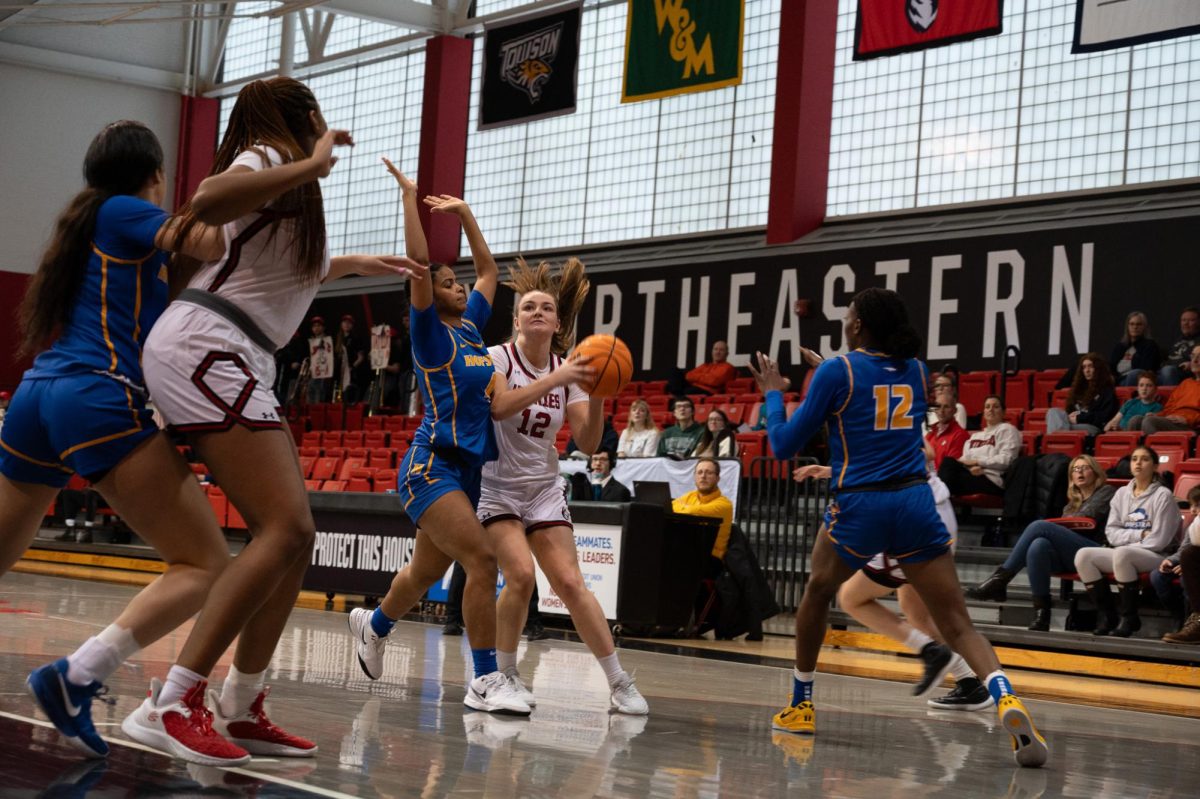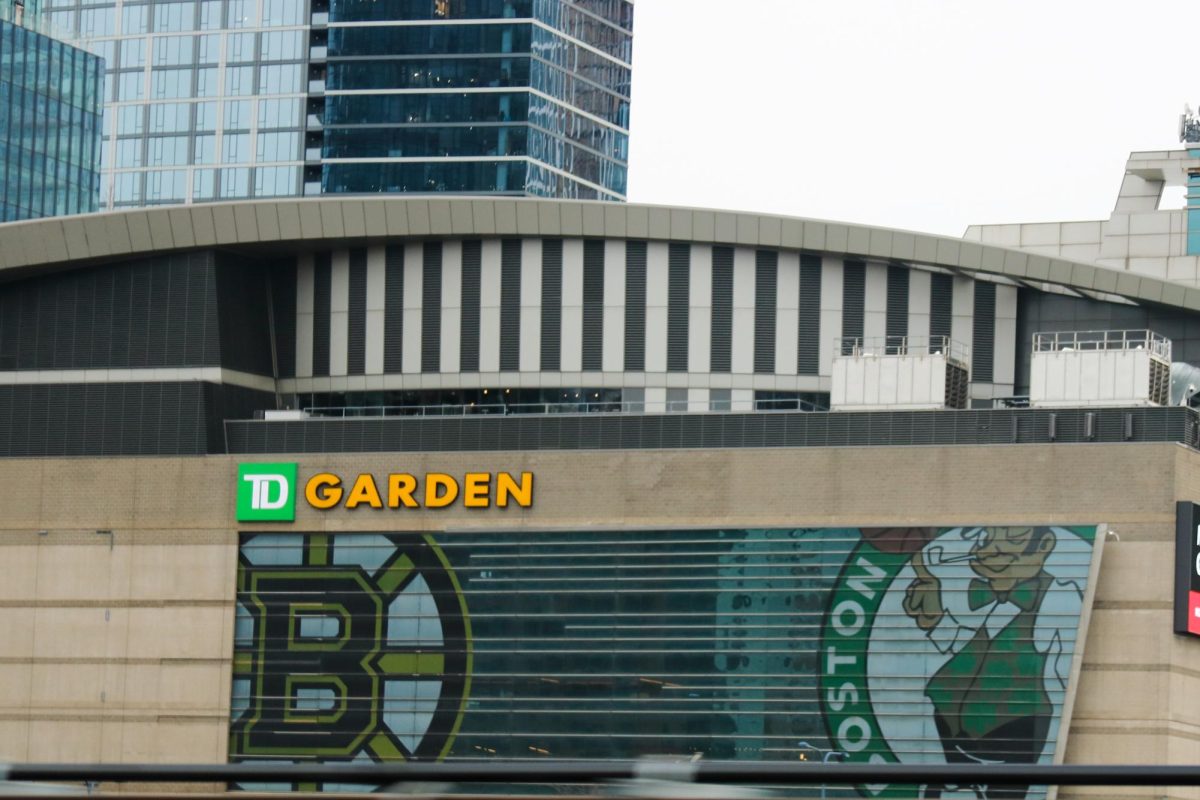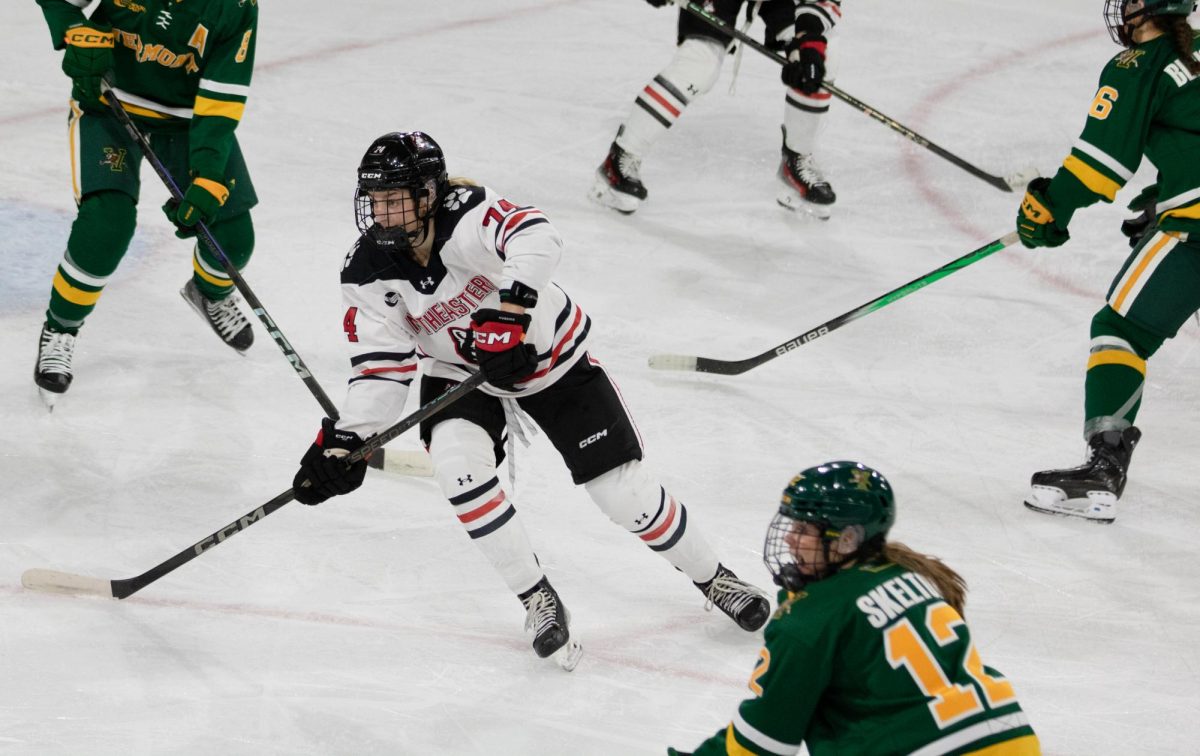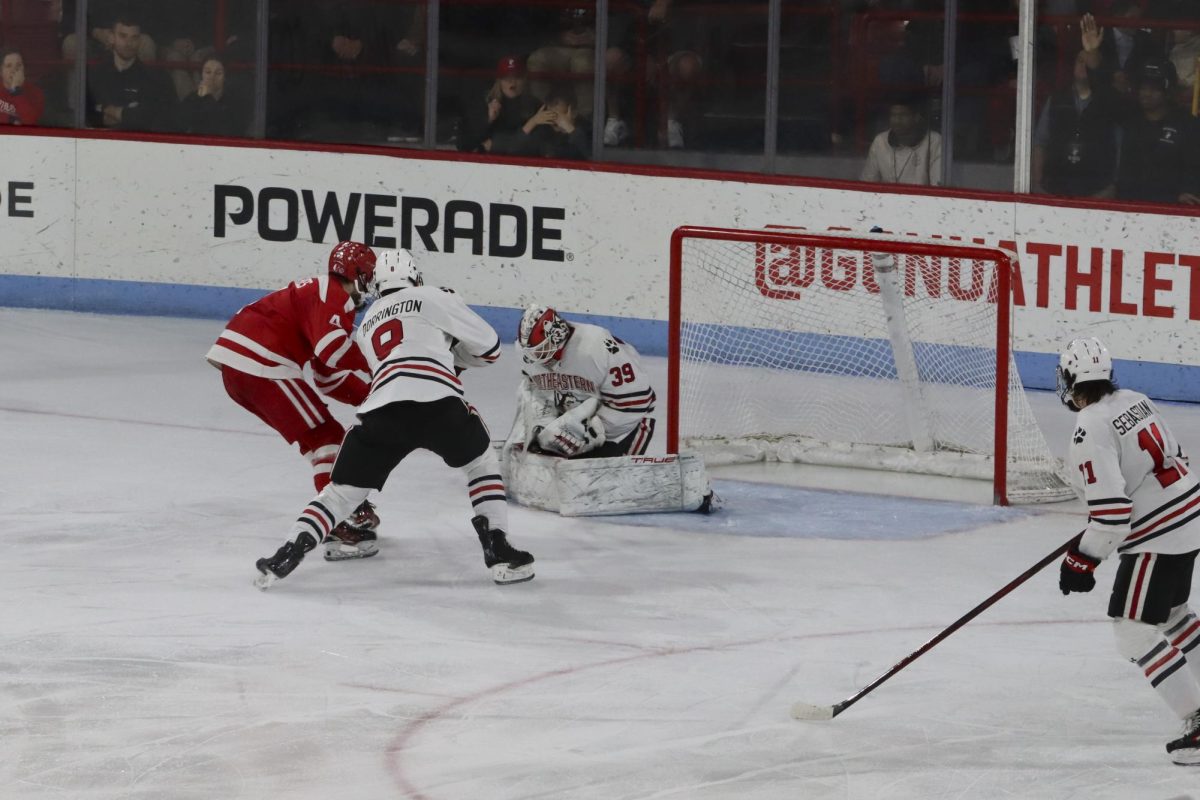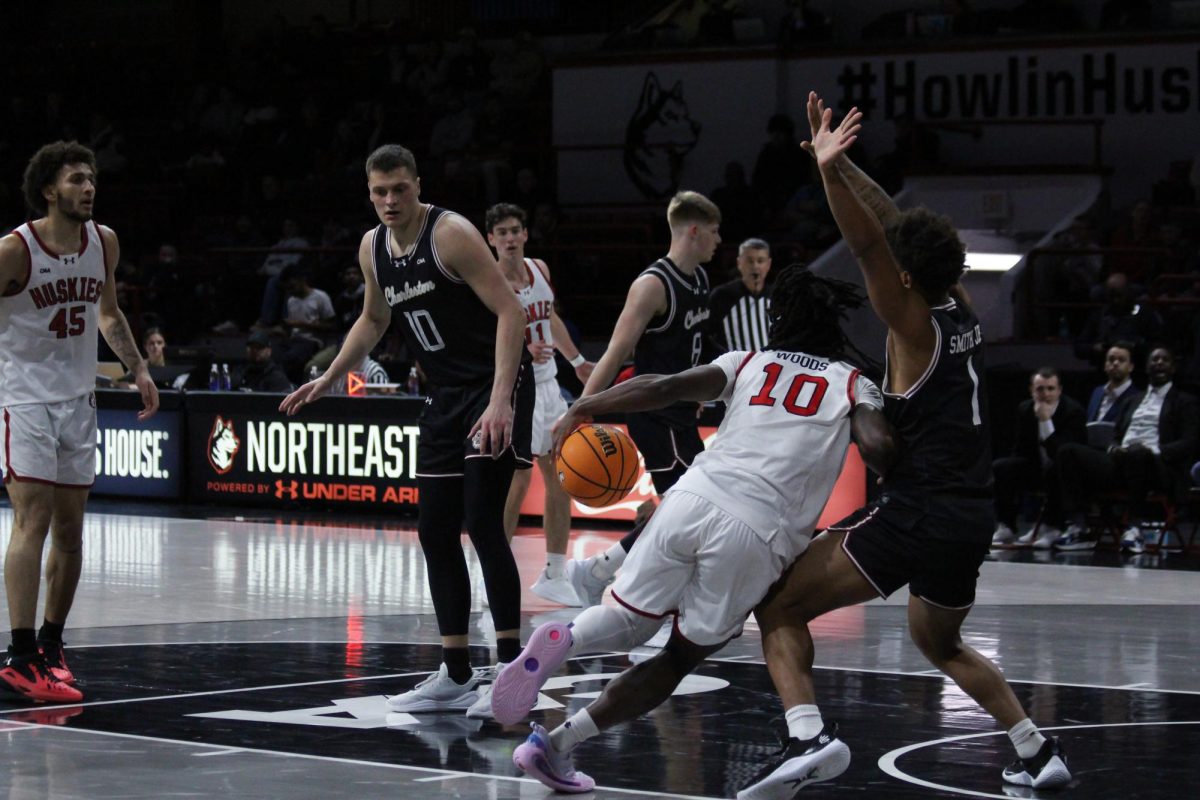While college hockey has been filling the gap left by the National Hockey League lockout, something has to give. It seems the lockout has had a surprising lack of urgency.
Throughout the National Football League lockout in 2011, the owners, players and league representatives were constantly making headlines and actively pursuing new avenues to reach a deal.
One of the pivotal events in the NFL lockout was the NFL Players Association’s decision to decertify as a union. By de-unionizing, the players were able to dissolve the existing collective bargaining agreement and bring an anti-trust lawsuit against the league itself. While the eighth circuit court of appeals ultimately found the lockout was legal, going to the length of decertifying as a player’s union demonstrated the legitimacy of the players’ defiance.
The NFL Players Association decertified as a union in March of 2011, two months before most rookie minicamps were slated to start and over five months before the planned beginning of the still-uncertain regular football season.
The NHL began sacrificing games Sept. 19, when the first scheduled preseason games were officially cancelled. All games through Dec. 14, 422 in total, have been cancelled, including the league’s all-star game.
Only in the last few weeks of November have there been ramblings of the possibility of the NHL Players Association decertifying.
What is taking so long?
It is surprising that the NHL players did not learn from the National Basketball Association lockout.
The NBA lockout in 2011 took a similar course. First preseason games were cancelled, then the commissioner gave a tentative date after which a full regular season schedule would not be possible. After passing that date without an agreement, they were forced to cancel regular season games.
That season, the NBA regular season was supposed to start Nov. 1, 2011. The NBA players union decided to officially decertify on Nov. 14, and filed an anti-trust lawsuit against the league the following day.
A tentative deal between the owners and players was reached just 12 days after the players association decided to decertify.
The catalyst for forcing a deal in both the NFL and NBA lockouts was the decision of the players to disband their union so as to enable them to sue the league. Owners viewed it as a last resort the players would never actually resort to.
For the NBA, the lockout cost them roughly 20 percent of the regular season, plus the foregone preseason games.
The proactive approach of the NFLPA managed to save the entire regular season, and only sacrificed team training camps and free agency.
So why are the NHL players only considering dissolving now?
The Sports Network, a Canadian sports news source, manages an active list of the NHL players currently playing in other leagues abroad during the lockout. Their current count has 186 players who are playing outside the United States. Using the maximum roster of 23 players for all 30 NHL teams, approximately 27 percent of current NHL players are earning money playing abroad during the labor dispute.
Comparatively, the NBA had 71 players abroad during the lockout, according to ESPN. Assuming all 30 NBA rosters cap at 15 players, roughly 15.7 percent of the 450 players in the league went abroad during the lockout.
NFL players didn’t need to seek alternative employment because they were able to salvage their season, though they could have theoretically tried to play in the Canadian Football League or United Football League.
While it isn’t the only factor affecting the timeliness of the lockout proceedings, it is one worth noting.
It’s clear hockey players are far more willing to take their talents abroad, likely in part because many of them aren’t American. Additionally, the competition level of hockey abroad is far superior to basketball abroad.
As labor talks continue to stall between the league’s players owners and more and more of the season is lost, fans have to hope that skaters get sick of being at home.
– Dylan Lewis can be reached at [email protected]



